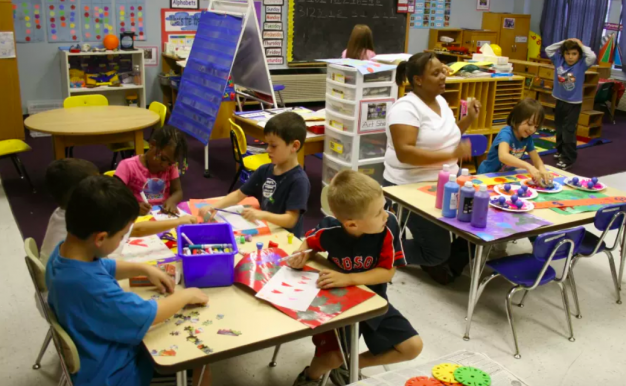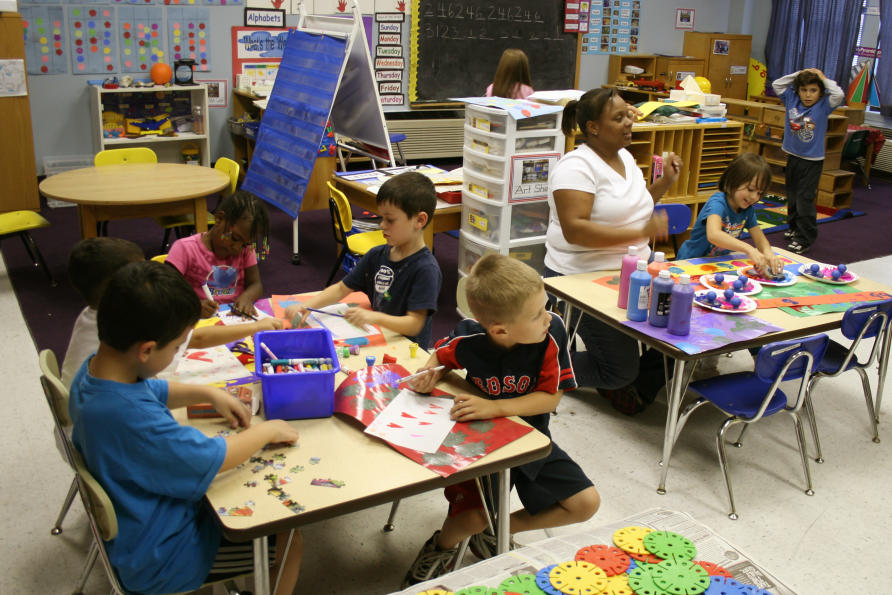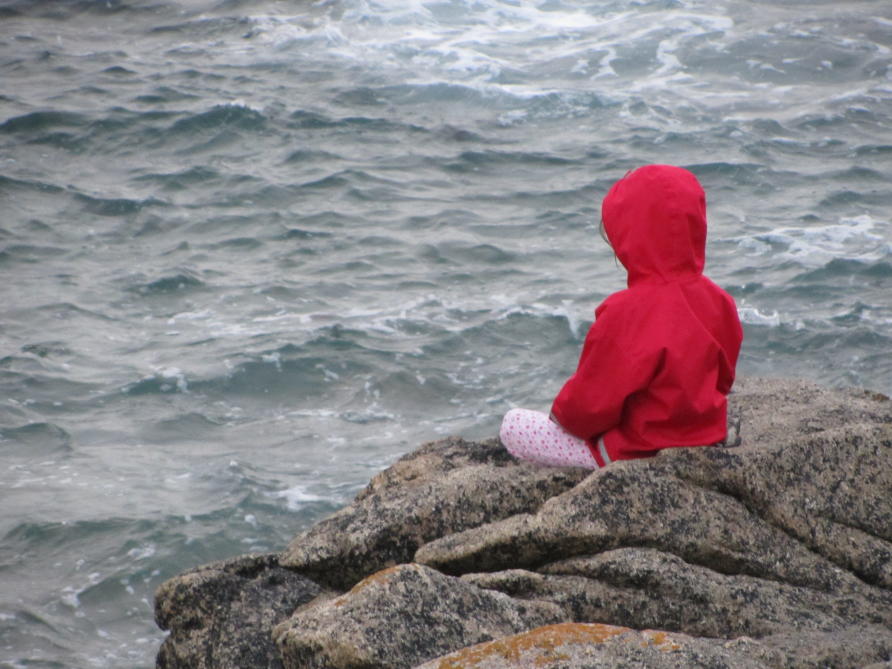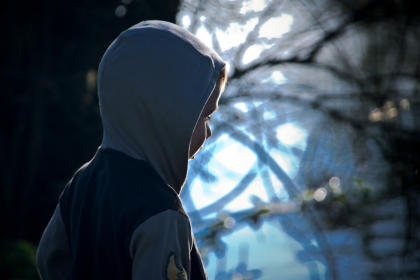
Helping children recover from trauma
In any classroom in Australia, there will be at least one, but possibly several, students who are suffering from a traumatic event.
Not limited to sexual abuse, trauma can also result from neglect, poor attachment to loved ones, and even from seemingly benign events such as schoolyard bullying. Boys and girls, traumatised in often in very different ways, feel its impacts equally, write Gregory Donoghue and Kellie Picker
Trauma not only significantly impacts school outcomes, but tragically also leads to suicide, depression, anxiety, social problems and self-harm.
Enhancing the recovery of traumatised children
As the Royal Commission into Child Sexual Abuse is revealing, childhood trauma is pervasive, pernicious, and massively under-reported. To address this disturbing problem the Child Safety Commissioner created the Calmer Classrooms series, to assist teachers, parents and other professionals helping traumatised children.
Childhood trauma can result from a range of experiences, including neglect, poor attachment with loved ones and bullying. Image: Flickr
In our previous work as a child abuse detective and a child protection investigator respectively, we have seen firsthand the damage this type of trauma causes. Now, our research at the University of Melbourne is showing how education can – and should – enhance the safety and wellbeing of students, and how the growing focus on academic outcomes often ignores the rights and best interests of the whole child.
But this need not be the case: in our roles as educators, we have seen the benefits that come from applying the principles espoused in the Calmer Classrooms series. Importantly, we have also seen how all children, not just those suffering trauma, and even adults, can benefit from this trauma-informed approach to education.
‘The child needs to be – and feel – safe’
The approach involves three essential principles. First, the child needs to be – and feel – safe, in an environment that is no longer threatening. Second, the child needs to be meaningfully connected to others (both peers and adults, including professionals). Finally, the child benefits enormously from re-narrating their personal trauma stories in therapeutic ways. Underpinning these principles are four recommended practices, summarised in the acronym PACE:
1. Playfulness, taking the child’s trauma seriously but not in a sombre or overly intense, dark way
2. Acceptance, unconditionally accepting another person for who they are is one of the most powerful things we can do for one another. Psychologist Carl Rogers, first called this “unconditional positive regard,” but before this we just called it “unconditional love
3. Curiosity, respectfully and gently focusing exclusively on their story as they safely revisit, understand and re-narrate their experiences
4. Empathy, encouraging the child to place themselves in another person’s shoes to genuinely understand their emotions, without being overwhelmed by them and without taking one’s focus away from them
 Playfulness is an important part of helping children overcome trauma.Picture: Flickr
Playfulness is an important part of helping children overcome trauma.Picture: Flickr
These practices can be used to enhance the wellbeing of all children and even adults, not just those suffering trauma. Caring and protective adults can powerfully use these practices to help children develop essential relationship skills, including communication, assertiveness and good listening, as well as the ability to manage their emotions.
We can also help all children develop literacy storytelling skills, or simply listen to their stories without judgement. Relaxation and mindfulness techniques are increasingly being used in schools as they equip children with the ability to consider their own thinking, and how this affects their emotions and behaviour.
‘Teachers can provide comforting ‘time out’ corners’
Adults can also create a safe culture in their homes and classrooms by providing safe physical spaces within rooms and allow children to move to those safe spaces whenever they need.
Teachers, for example, can provide comforting, non-punitive ‘time-out’ corners in their classrooms.
If trauma has been reported or identified, adults should do anything in their power to report and remove the source of the trauma and make the child safe. Adults can then help the child re-establish and build trusting connections with their peers and adults and develop a strong sense of belonging.
Teachers can enhance student relationships to great effect by firstly creating a positive student-teacher relationship, and then by building connection with other students. For example, using sociograms – basic friendship maps – can help identify isolated children, and seating arrangements and group activities can ensure these children are included and supported.
‘…well supported by scientific disciplines’
Additionally, while no-one can change what happened, it is possible to re-narrate past events and reconstruct their personal meaning. This method of changing unhelpful thinking and behaviour has been very effective in the long-term treatment of trauma.
The tribe: Nature’s antidote to trauma
These approaches are well supported by scientific disciplines, including neuroscience and evolutionary biology.
Neurology tells us that our reactions to threats, the so-called fight/flight/freeze responses, are perfectly natural survival-enhancing adaptations, and that trauma is the result of these responses being over-activated. Neuroscience also demonstrates how the structure of our brains means we are strongly influenced by storytelling.
 Mindfulness practice can make physical changes to the brain, to help overcome our instinctive responses to threats. Picture: Flickr
Mindfulness practice can make physical changes to the brain, to help overcome our instinctive responses to threats. Picture: Flickr
We also know that mindfulness practices physically change those areas of the brain involved in Executive Function, an important capacity in overriding our instinctive reactions to threat.
Most importantly, evolutionary biology confirms the critical importance of tribal belonging – the healing and protective power of the tribe. It confirms that as intrinsically social beings we cannot achieve even basic survival without connecting and belonging to others.
Belonging to our own tribe with unconditional acceptance and positive regard is a fundamental imperative of the human condition. Tribal belonging not only provides a powerful way for children to recover from traumatic events, it provides trauma protection and prevention for all of us.
“This article was first published on Pursuit. Read the original article.”
Banner image: Walking it alone, by Lance Shields via Flickr





